Artist: Tiziano Vecellio (Titian)
Style: High Renaissance
Technique: Oil
Bacchus and Ariadne (1523–24) is an oil painting by Titian. It is one of a cycle of paintings on mythological subjects produced for Alfonso d'Este, the Duke of Ferrara, for the Camerino d'Alabastro – a private room in his palazzo in Ferrara decorated with paintings based on classical texts. An advance payment was given to Raphael, who originally held the commission for the subject of a Triumph of Bacchus. At the time of Raphael's death in 1520, only a preliminary drawing was completed and the commission was then handed to Titian. In the case of Bacchus and Ariadne, the subject matter was derived from the Roman poets Catullus and Ovid. The painting, considered one of Titian's greatest works, now hangs in the National Gallery in London. The other major paintings in the cycle are The Feast of the Gods (mostly by Giovanni Bellini, now in the National Gallery of Art, Washington, DC), The Andrians and The Worship of Venus (both now in the Museo del Prado, Madrid).
Artist |
|
|---|---|
Download |
|
Permissions |
Free for non commercial use. See below. |
Tiziano Vecellio (Titian) – Most viewed artworks
|
This image (or other media file) is in the public domain because its copyright has expired. However - you may not use this image for commercial purposes and you may not alter the image or remove the watermark. This applies to the United States, Canada, the European Union and those countries with a copyright term of life of the author plus 70 years.
|


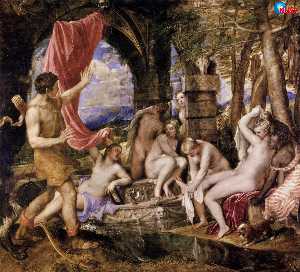
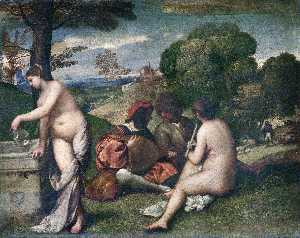


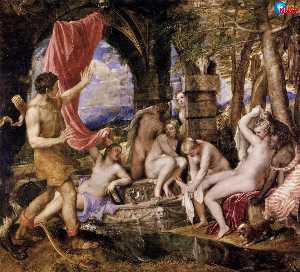




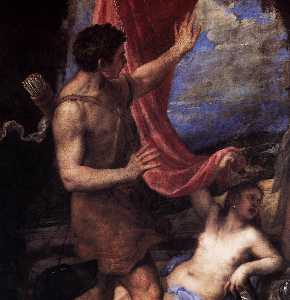

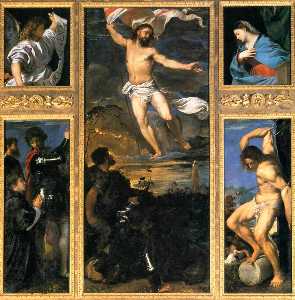

 Note that a few countries have copyright terms longer than 70 years: Mexico has 100 years, Colombia has 80 years, and Guatemala and Samoa have 75 years. This image may
not be in the public domain in these countries, which moreover do not implement the
Note that a few countries have copyright terms longer than 70 years: Mexico has 100 years, Colombia has 80 years, and Guatemala and Samoa have 75 years. This image may
not be in the public domain in these countries, which moreover do not implement the